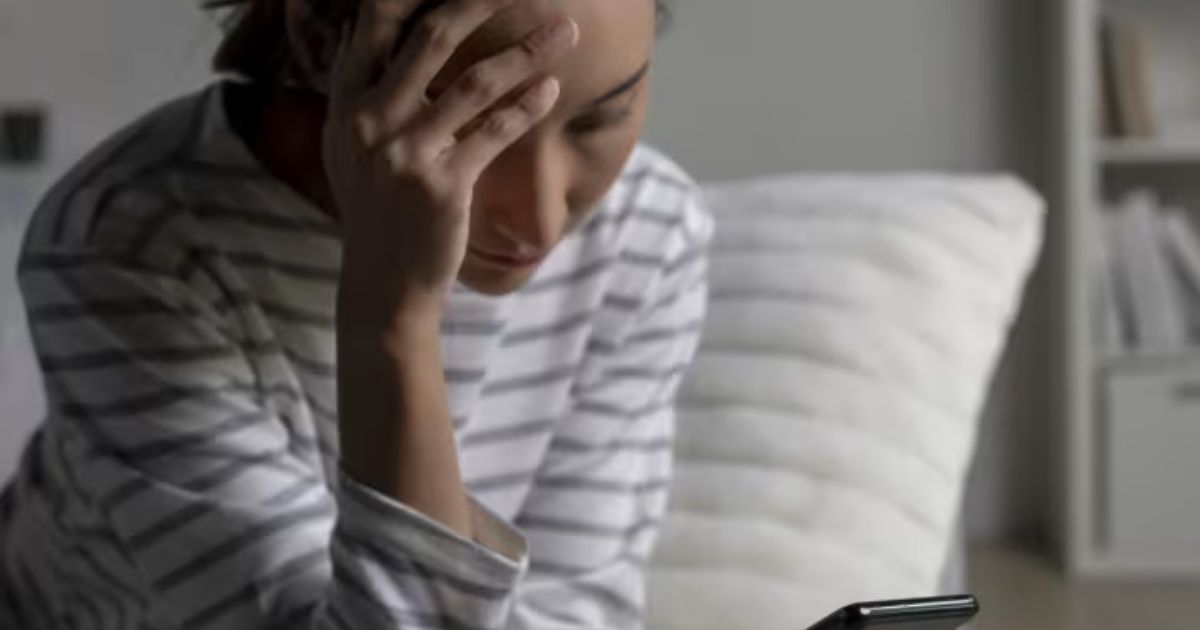As the second week of November unfolds, a looming shadow falls upon those susceptible to Seasonal Affective Disorder (SAD), marking what mental health counseling company Thriveworks deems the peak of seasonal affective disorder.
In a recent analysis, experts predict an intensified wave of SAD, with online search trends projecting a 33.34% increase compared to 2021 and a 2.44% surge from 2022.
As the clocks roll back and daylight wanes, the biological response to shorter, darker days takes its toll. Johns Hopkins Medicine underscores that the body produces more melatonin during this period, a sleep-related hormone linked to SAD.
Symptoms, ranging from increased sleep and daytime drowsiness to social withdrawal and heightened irritability, affect approximately 5% of U.S. adults, with an additional 10% to 20% grappling with milder winter blues, according to the Cleveland Clinic.
Thriveworks’ analysis identifies snow-laden cities in the Midwest, along with locales like Idaho Falls, Springfield, Salt Lake City, and Burlington, as particularly affected. The geographical influence sheds light on the broader impact of weather and sunlight on mental well-being.
Treatment Approaches for Peak of Seasonal Affective Disorder:
- Vitamin D as a Sunshine Boost:
- While preventing SAD remains elusive, managing its side effects is possible. The Mayo Clinic suggests consuming vitamin D, known as the “sunshine vitamin,” with a 2020 study indicating its potential to reduce negative emotions.
- Light Therapy Illuminates Hope:
- Johns Hopkins recommends sunlight exposure, whether outdoors or near a window. In the absence of natural light, artificial illumination, reaching 20 times the power of a standard indoor light, offers a promising alternative.
- Exercise and Social Connection:
- The Cleveland Clinic advocates staying active in social circles and engaging in regular exercise, with studies demonstrating its efficacy in relieving stress and anxiety. Thirty minutes of exercise at least three times a week is recommended.
Women and individuals residing farther from the equator are more prone to SAD, according to the Mayo Clinic. Additionally, those with bipolar disorder face heightened susceptibility, underscoring the diverse factors influencing vulnerability.
Marwa Azab, a psychology and human development professor, emphasizes the role of vitamin D in combating depression, sadness, overeating, and lethargy. The need for a holistic approach involving lifestyle changes, dietary considerations, and targeted therapies emerges as a key takeaway.
As the 2023 peak of Seasonal Affective Disorder unfolds, the imperative to understand, acknowledge, and proactively address its impact becomes clearer. Beyond the gloom, strategies ranging from vitamin D intake to light therapy and regular exercise offer beacons of hope.
The intersection of geographical, biological, and lifestyle factors underscores the multifaceted nature of SAD, urging individuals to embrace a comprehensive approach in navigating the challenging winter months.







Leave a Reply